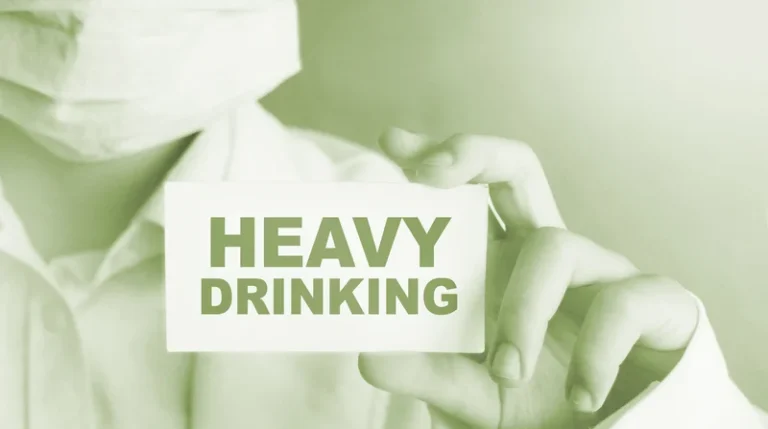
If they were, Hubbard points out, Kentucky’s overdose deaths would not have risen by more than 50 percent since 2019. “There’s a hint that in the anxiety state, these cells are active, and maybe the drug works by then silencing some of these,” Kwan said. “As one might expect, the animal tends to spend a lot of time in the closed wing,” Kwan said. “This is a kind of standard assay to determine how anxious the animal will be and how much it will explore.” Researchers can assess anxiety levels based on time spent in each area. Alduos Huxley, for example, in The Doors of Perception, includes significant detail on his subjective experience of viewing the beauty of a rose, the colors of the books around him, and the textures of fabrics, but does not mention reduced psychiatric distress or enhanced mood. The funders had no role in study design, data collection and analysis, decision to publish, or preparation of the manuscript.
- Nagai et al. (2007) studied the ability of a variety of psychoactive drugs to block reuptake of dopamine, 5-HT, and NE into rat brain synaptosomes.
- The similarity between mode of drug action, behavior, and gene response in Drosophila and mammalian systems make the fly an attractive system to study neuropharmacological processes relevant to human disease (Nichols, 2006).
- LSD also evoked mild thigmotaxis (avoidance of the center of the tank) in the open field test, increased light behavior in the light/dark test, and reduced the number of arm entries and freezing in the T-maze and social preference tests, without affecting social preference.
- Their findings parallel an earlier study by Gewirtz and Marek (2000), who also had shown that a 30-minute pretreatment with the mGlu2/3 agonist LY suppressed 5.0 mg/kg DOI–induced HTR in the mouse.
What makes psychedelics addictive and How do they affect the brain?
In pharmacological parlance, it’s a “dirty drug”—one that hits receptors across the brain’s various systems. Researchers have little idea of why it would be effective for treating substance use disorders. “We understand only 1 percent of what it does,” Mulligan says, “which is also why it’s a little bit dangerous.” In addition to the DMN, the SN has also been heavily implicated in the psychopathophysiology of addiction. The SN is comprised of structurally and functionally connected brain regions with cortical areas including the anterior insula and ACC, as well as subcortical and limbic structures such as the amygdala, VS and thalamus (130, 131). This network of regions is considered to support one’s socioemotional functions by integrating visceral and sensory information (132, 133), as well as playing an intrinsic role in directing one’s attention toward salient stimuli (134).
How is NIDA advancing research on psychedelic and dissociative drugs?
The DSM-V (American Psychiatric Association (APA), 2013) reports a prevalence rate for HPPD as 4.2% in hallucinogen users (Baggott et al., 2011) based on a single online questionnaire. Other studies have documented much lower prevalence rates of the disorder, some as low as 1/50,000 (Grinspoon and Bakalar, 1979). Setting is likely a key influence of the are psychedelics addictive progress of a psychedelic experience, as is the dose used, with a higher dose more likely to lead to these experiences (Johnson et al., 2014). Understanding the specific circumstances and individuals in which psychedelics may lead to challenging experiences will have important implications for future clinical research and harm reduction strategies.

III. Mechanism of Action
They suggest that the ability of cortical networks to generate persistent and recurring activities even in the absence of ongoing subcortical inputs may be a process that underlies perceptual influences on sensory information processing. These results demonstrate functional selectivity at the 5-HT2A receptor, in which serotonin and its N-methylated derivatives promote differential signaling in the mouse frontal cortex and in primary cortical neurons and thus have different mechanisms underlying manifestation of the HTR. That is, serotonin activation leads to a signaling complex that involves β-arrestin-2, Src, and Akt, whereas N-methylated derivatives produce the HTR through a signaling mechanism that is independent of β-arrestin-2 and does not require activation of Akt.
These findings highlight increased hypothalamus and substantia nigra DRD3 in alcohol dependence and stimulant use disorder, respectively, and have led to the development of novel interventions such as the DRD3 antagonist. Dopamine has been extensively investigated as a biomarker for addiction and dopamine D2/3 receptors (DRD2/3) in the striatum have been quantified in several subclasses of addiction using the [11C]raclopride radiotracer. Findings from such studies have been mixed, with alcohol and stimulant use disorders appearing to show decreased DRD2/3 receptor availability when compared with matched controls.
- Male Sprague-Dawley rats were administered LSD tartrate (0.025 mg/kg, i.p.) or DOB HCl (0.25 mg/kg, i.p.) seven times over 4 consecutive days (a low dose every morning and a high dose on the evening of days 1–3).
- Consecutive stimulations with low-intensity stimulation trains resulted in clear postsynaptic responses of CA1 pyramidal cells, but no significant BOLD response.
- That situation is somewhat problematic because the pharmacology of other psychedelics is often more complex.
- With that in mind, if the positive therapeutic effects of psychedelics continue to be validated by additional well designed clinical studies, it opens up a whole new dimension of medical research.
- But as researchers look for benefits, they’re also hoping to learn more about the risks of using psychedelics.

One behavior mediated by these areas is the optomotor response, or the ability of a fly to track and follow a moving object. Feeding WT red-eyed flies LSD produced a profound disruption of this behavior without overtly affecting locomotor activity. Coadministration of 5-HT1A and 5-HT2 receptor antagonists was able to rescue this LSD-induced deficit in behavior.

We will finish this review by highlighting several research avenues that could profitably be explored over the coming years to optimize the development of psychedelic therapy for this indication. Addiction is a chronic relapsing medical condition with a global prevalence for which there are very limited effective treatment options. Recent estimates predict around 164 million individuals globally are currently suffering from addiction (1). In the western hemisphere alone, it is estimated that 5–6% of individuals suffer from a substance-related issue, and in recent years there has been accumulating concern over the prevalence of behavioral addictions. For instance, the World Health Organisation (WHO) has estimated that up to 6% of young adults reach the threshold for problem gambling (2).
When either residue was mutated to alanine, 5-HT–induced desensitization was markedly attenuated. Bouso et al. (2012) compared 127 regular ayahuasca users with 115 actively religious controls who did not use ayahuasca. Baseline measurements were taken of general psychologic well-being, mental health, and cognition and the groups were then compared 1 year later to determine whether regular ayahuasca use had an effect on these measurements. Regular ayahuasca users showed lower scores on all psychopathology scales as assessed by the Symptom Checklist 90–Revised, as well as on measures of harm avoidance and self-directedness.

0 Comments